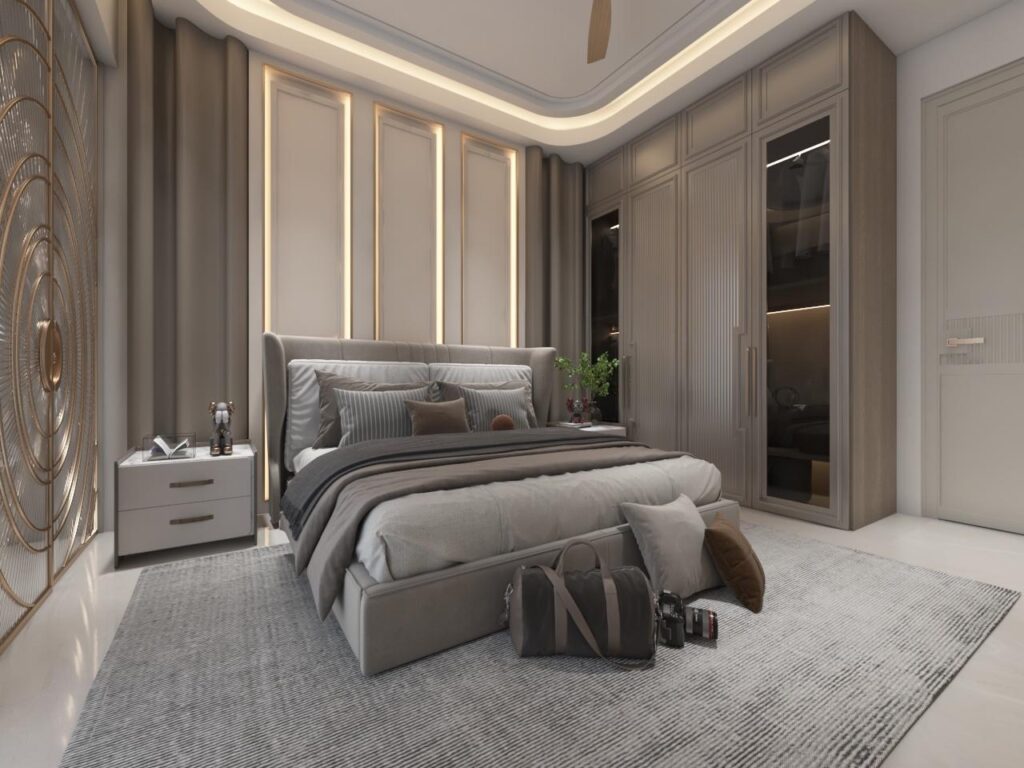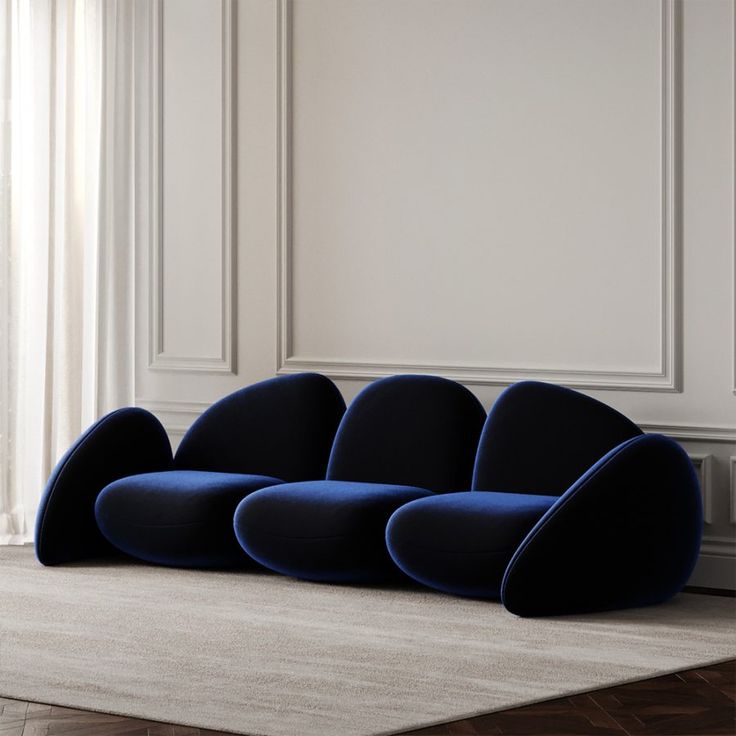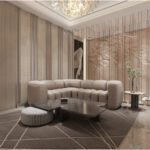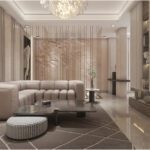Top Architectural and Interior Design Trends to Watch in 2025

The world of architecture and interior design is constantly evolving, and staying ahead of the trends is crucial for both homeowners and design enthusiasts. As we step into 2025, several exciting design trends are set to take over the architectural and interior design landscapes. Whether you’re designing a new home or updating your space, these trends will inspire you to create beautiful, functional, and sustainable environments.
Embracing Sustainable Architecture
Sustainability has become a cornerstone of modern architecture. Eco-friendly design is no longer just a buzzword but an essential aspect of architectural planning. From solar-powered homes to recycled materials and energy-efficient systems, architects are increasingly adopting green building solutions that reduce environmental impact. Sustainable architecture promotes low carbon footprints, utilizes renewable resources, and integrates biophilic design elements, such as natural light, indoor plants, and green roofs, to foster a connection between nature and the built environment.
Smart Homes and Technology Integration

The rise of smart home technologies has significantly influenced modern architectural designs. Homes are becoming more intelligent and efficient, with systems like automated lighting, smart thermostats, voice-controlled assistants, and security systems. Smart architecture not only makes living more convenient but also optimizes energy use, enhancing sustainability. Homeowners are seeking spaces where technology seamlessly integrates with design, making daily life both easier and more enjoyable.
Minimalist Design for a Clutter-Free Lifestyle
In both architecture and interior design, minimalism remains one of the most sought-after styles. The concept of “less is more” emphasizes clean lines, open spaces, and a focus on function over excess. Minimalist home decor promotes simplicity, allowing each element in the room to stand out and serve a purpose. Whether it’s a modern living room or a serene bedroom retreat, minimalist design principles help create peaceful, clutter-free spaces that encourage relaxation and mindfulness.
Sustainable Interior Design
Just as sustainability is key in architecture, it’s also taking center stage in interior design. Eco-friendly interior design encourages the use of natural, recycled, and non-toxic materials. From sustainable furniture to energy-efficient lighting and low-VOC paints, designers are focusing on creating interiors that promote wellness while being kind to the planet. Incorporating natural elements, such as wooden furniture and stone accents, can bring warmth to a modern space while maintaining a strong commitment to sustainability.
Luxurious yet Functional Spaces
In 2025, luxury interior design is about more than just opulence—it’s about creating spaces that offer both beauty and practicality. The focus is shifting towards functional luxury, where high-end materials such as marble, leather, and glass are combined with ergonomic, user-friendly furniture. Spacious home offices equipped with comfortable furniture and sophisticated lighting design are becoming essential. This trend reflects a growing demand for multi-purpose spaces that cater to both relaxation and productivity.
The open concept design continues to dominate modern homes. Walls are coming down to create expansive, multi-functional spaces that flow seamlessly. In an open concept home, areas like the living room, dining room, and kitchen often blend into one, making the space feel larger and more connected. This trend fosters a sense of openness, allowing natural light to fill the space and providing an ideal setting for both family interaction and entertainment.
As technology advances, architectural visualization tools such as 3D rendering and virtual reality are transforming how designs are presented. These technologies allow clients to walk through their future homes before construction even begins. This not only aids in decision-making but also enhances the communication between architects, interior designers, and homeowners, ensuring that the final design aligns with the client’s vision.
With urban living on the rise, small space interior design is becoming increasingly important. Efficient use of space is key in making small homes feel spacious and inviting. Clever design strategies such as built-in storage, foldable furniture, and smart lighting can help maximize the potential of even the tiniest apartments. Vertical gardens and light color schemes are also great for creating a sense of openness and airiness in compact spaces.










